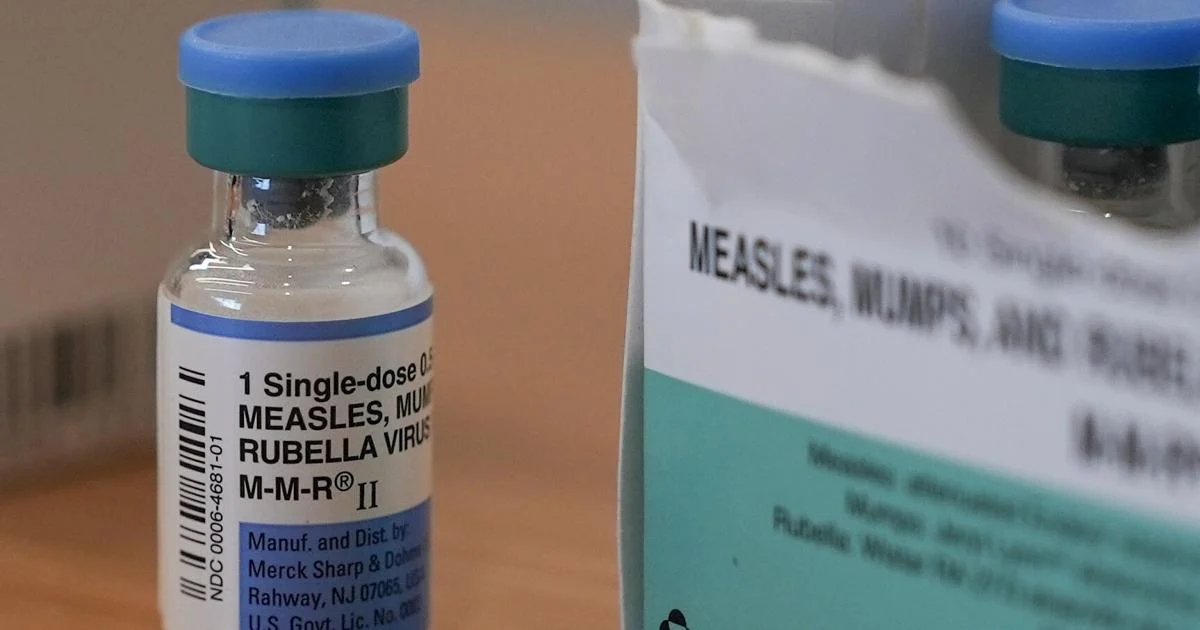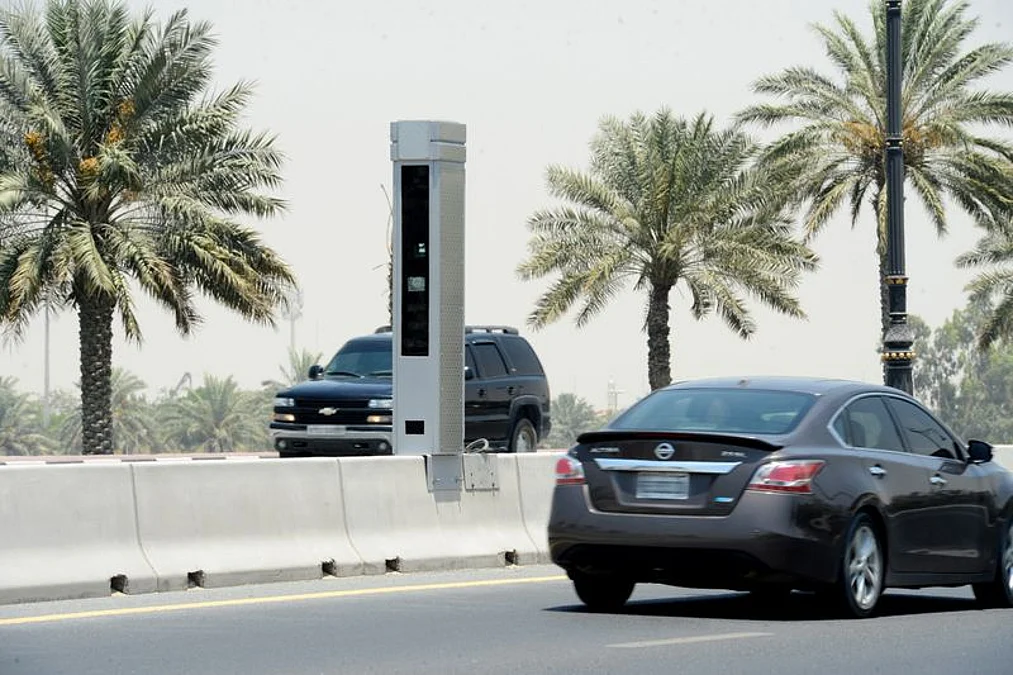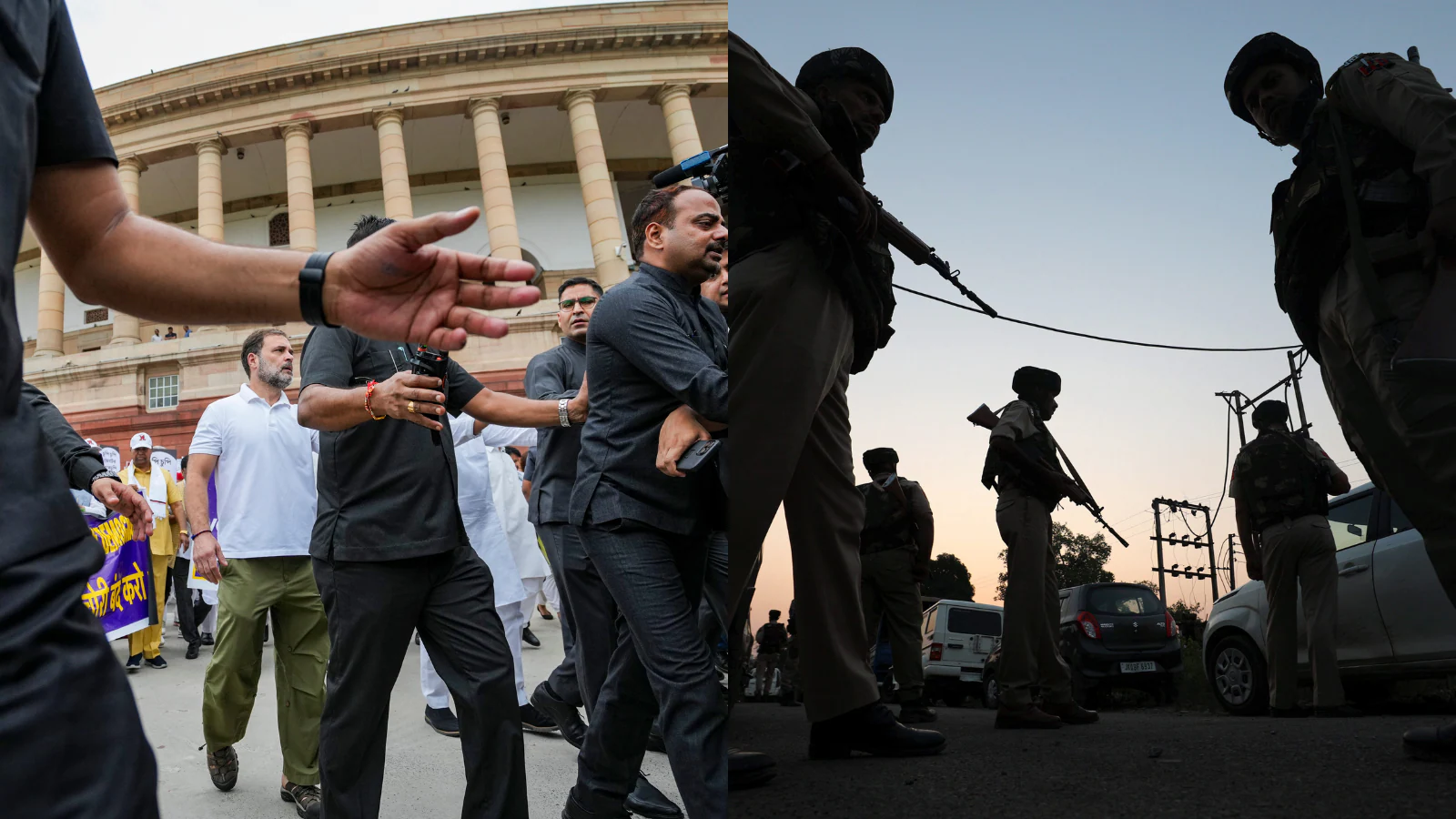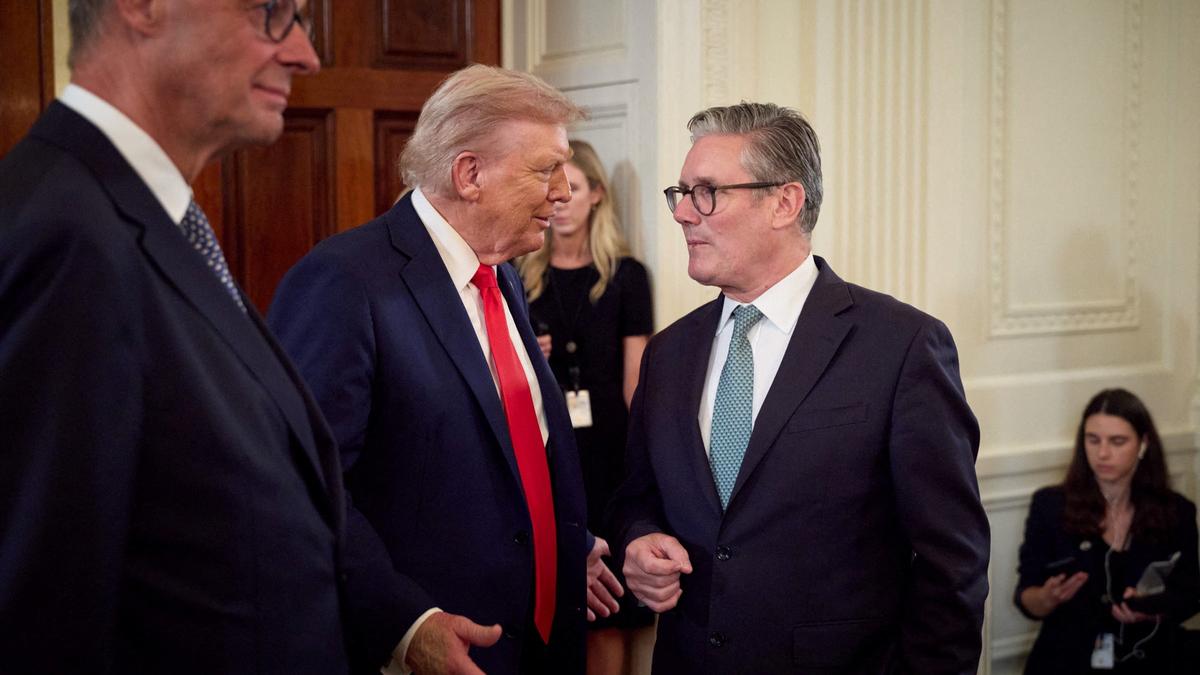
The outbreak of measles in South Carolina centers around a school in the Upstate, a state health official announced Oct. 3. And more cases are expected as it is also likely spreading in the community, as well.
S.C. Department of Public Health officials would not name the school or the county where the outbreak of at least five confirmed cases is happening, citing privacy concerns. But parents at the school have been notified and the department is working to make vaccinations more available there, said Dr. Linda Bell, the state epidemiologist.
South Carolina is now among more than 40 states that have seen 42 different outbreaks of measles so far this year, with 1,544 cases as of Sept. 30, the U.S. Centers for Disease Control and Prevention said. Of those, 92 percent have been in people who were unvaccinated or whose vaccination status was unknown, the CDC noted.
The state’s last measles outbreak was in 2018.
The cases came to light about a week ago and public health is working to determine if other cases are out there, she said.
“There’s a high risk in these congregate settings for transmission, and it also makes it difficult to identify all of the close contacts,” Bell said. “So that’s an ongoing investigation.
But with at least a couple of cases the source is unknown and possibly outside the school setting, she said.
“This sharp uptick in cases and the unknown source of two of the recent cases indicates unrecognized community spread, and we actually expect more cases to be identified,” Bell said.
There have been eight confirmed measles cases so far this year in South Carolina, with that number doubling in roughly a week. All of the people involved were unvaccinated and had no immunity from the disease from previous exposure, Bell said.
Public health is planning to increase access to vaccinations in the affected area, but parents and others can also get the measles, mumps and rubella vaccine at clinics and pharmacies, she said. The recommended two doses of the MMR vaccine can confer lifetime immunity against the highly infectious disease that is around 97 percent effective, Bell said.
Measles is among the most contagious viruses known, and a single infection can result in up to 20 more cases, she said. An unvaccinated person who encounters measles has about a 90 percent chance of catching it, the American Medical Association said.
In July, the nation overall reached the highest number of confirmed cases since the virus was declared eliminated in the U.S. in 2000, according to the CDC. The rising number of cases has put the nation at risk of losing its status as having eliminated the disease.
Measles is among the most contagious viruses that scientists study, where each confirmed case can be expected to infect up to 18 additional people. It is a respiratory virus, spread by droplets, and is essentially airborne, experts said. It can persist in a room up to two hours after an infected person has left it, which helps explain why it spreads so easily.
It also points to why it spreads so easily through travel, and many new cases are related to cases or outbreaks from other areas.
The only proven protection is through vaccination, and South Carolina’s relatively low rate long had health experts worried the virus would eventually show up, which it did on July 9.
South Carolina’s measles vaccination varies by region, but it has averaged around 90 percent statewide — well below the 95 percent level that would ensure good community protection, Bell said. The Upstate has typically lagged other areas of the state in measles vaccination, which is why it was a focus of concern that doctors expressed to the Post and Courier earlier this year, before a confirmed case in the state.
While two doses of the measles, mumps and rubella, or MMR, vaccine are required to attend school in the Palmetto State, more and more parents are opting out. That rate is now 2.4 percent, or 20,000 kids statewide in the 2023-24 school year, but is much higher in some districts. There were more than 3,200 kids, or nearly 6 percent, in Spartanburg County who got exempted from vaccines and more 4,000 children, or 4.3 percent, in Greenville County.



